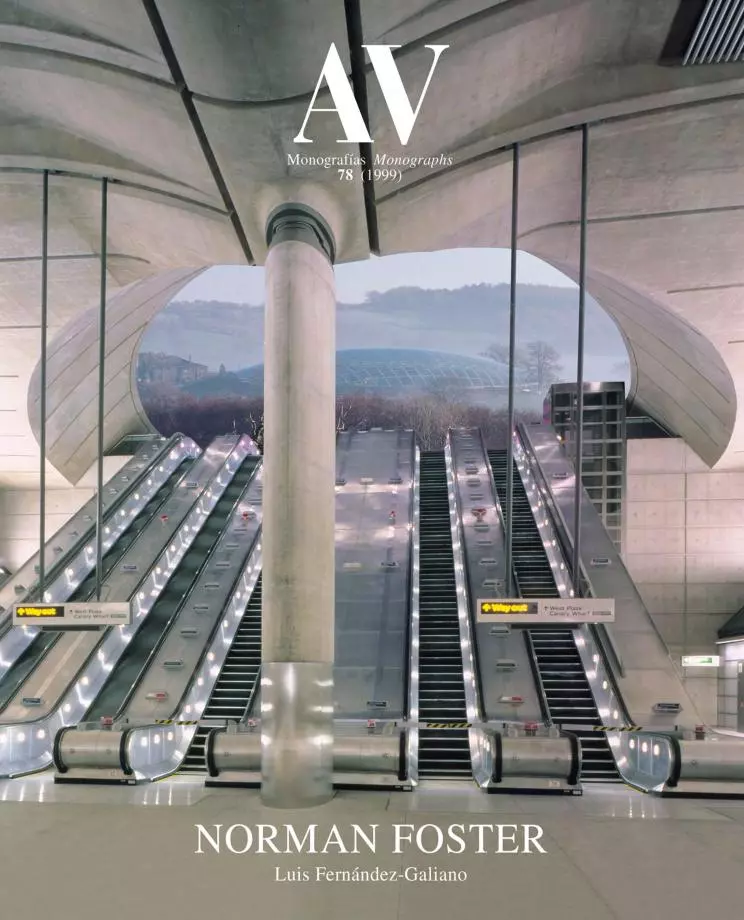Minimal Industry: Reliance Controls, a Case Study Factory

If the family was changing, so was the workplace. And this electronics factory, designed and built in ten months of 1965 and 1966, gave Team 4 the opportunity to develop a system which was both a model of industrial construction and a paradigm of industrial democracy. Dry assemblage of components and a non-hierarchical plan provided an exact and relaxed image of a future of steel and glass that managed to blend elegance and optimism. The light shed of corrugated sheet on a heavy serviced concrete slab would be the first of many ‘umbrella’ buildings; but this was to be the only one entirely drawn by Foster, and the best example of structure and services coordination. This modular, flexible and extensible fast track container was ‘architecture degree zero’, aware of the heroic nostalgia of the Smithsons of Hunstanton, but closer in spirit to the California of the Eames, Soriano and Koenig. As a ‘case study factory’, it belongs to the American breed that stretches from the Albert Kahn of Ford to Cummins; but in its lyrical construction and reluctant monumentality, it is a fitting heir to the European lineage of Behrens, Gropius and Mies. Distinguished with the first Financial Times Architecture Award in 1967, Reliance was also the last project by Team 4, which disbanded that same year...[+]





